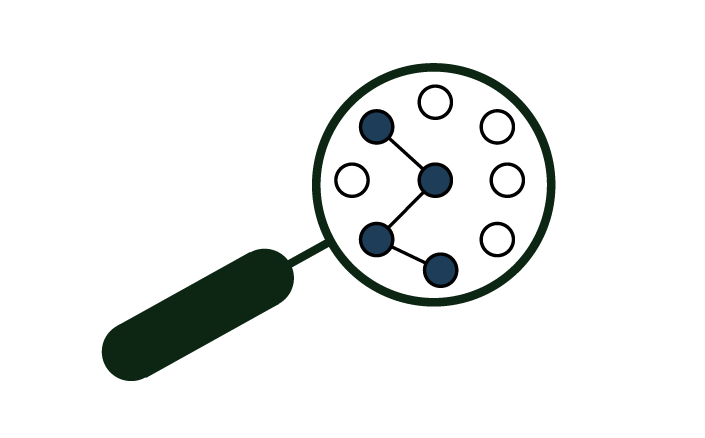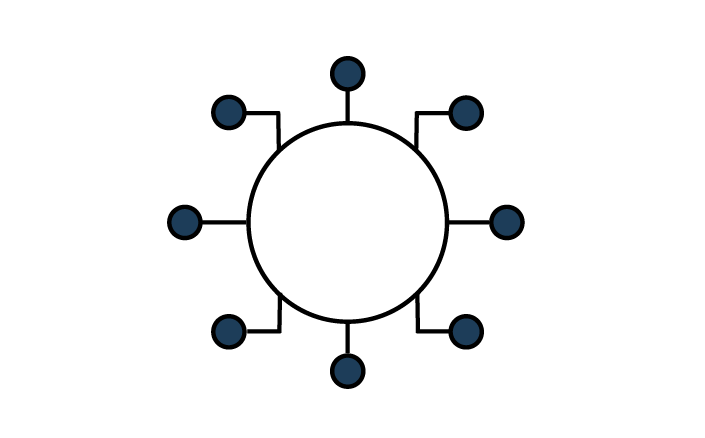
EXPLORATORY ANALYTICS
Identifying patterns, trends, and relationships in data to inform decisions and build hypotheses. Typically an open-ended, iterative, and human-led process involving techniques like data mining, clustering, and visualisation.
PRIORITIES: Data interactivity, rapid prototyping and visualisation.

GENERATIVE ANALYTICS
Creating new data and content using predictive models, machine learning (ML) and artificial intelligence (AI) algorithms, where the system adapts as new data is introduced. The process is largely unsupervised and can require large unstructured datasets.
PRIORITIES: Scalability and the ability to automate pipelines and model training.

STRUCTURAL ANALYTICS
Applying semi-rigid operations to generate outputs with predefined business definitions. The operations can be complex and built from multiple component models and calculations, each with their own business logic and performance standards.
PRIORITIES: Lineage, auditability and explainability.
